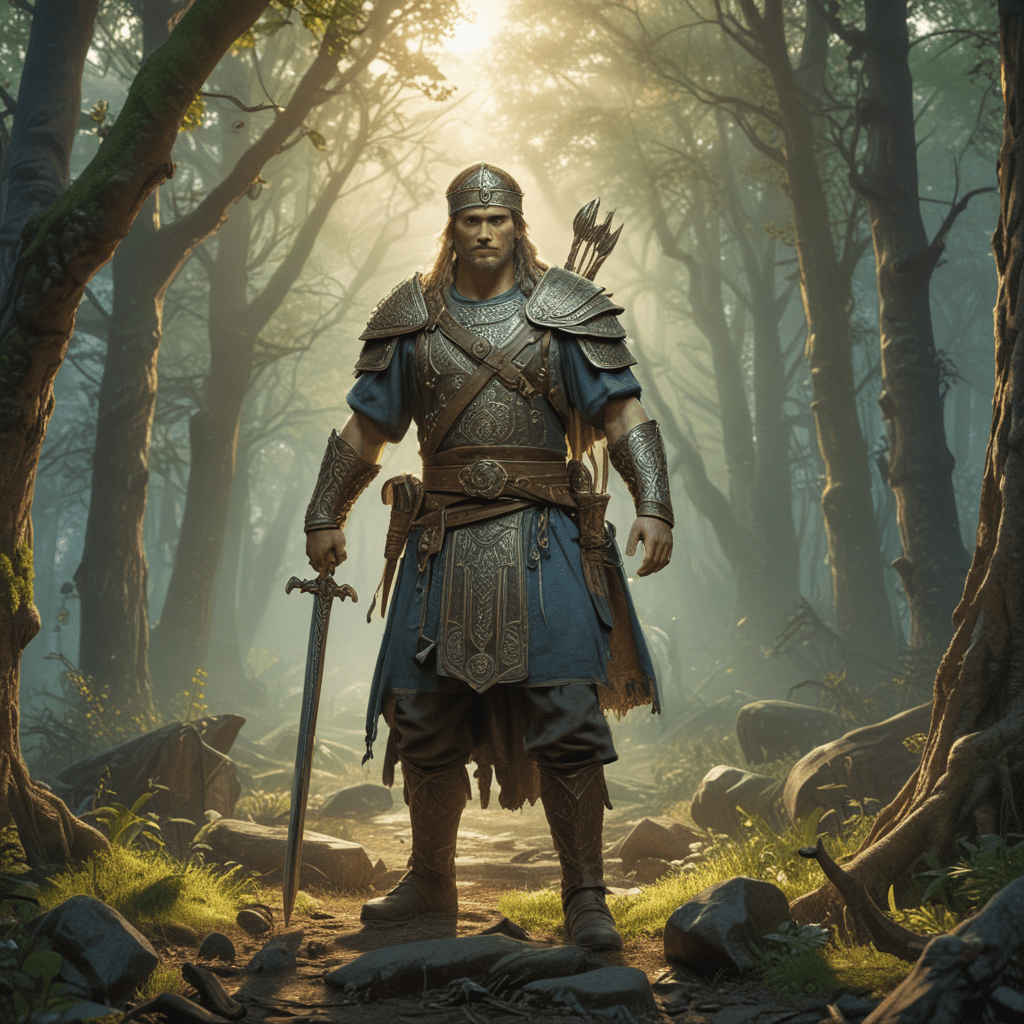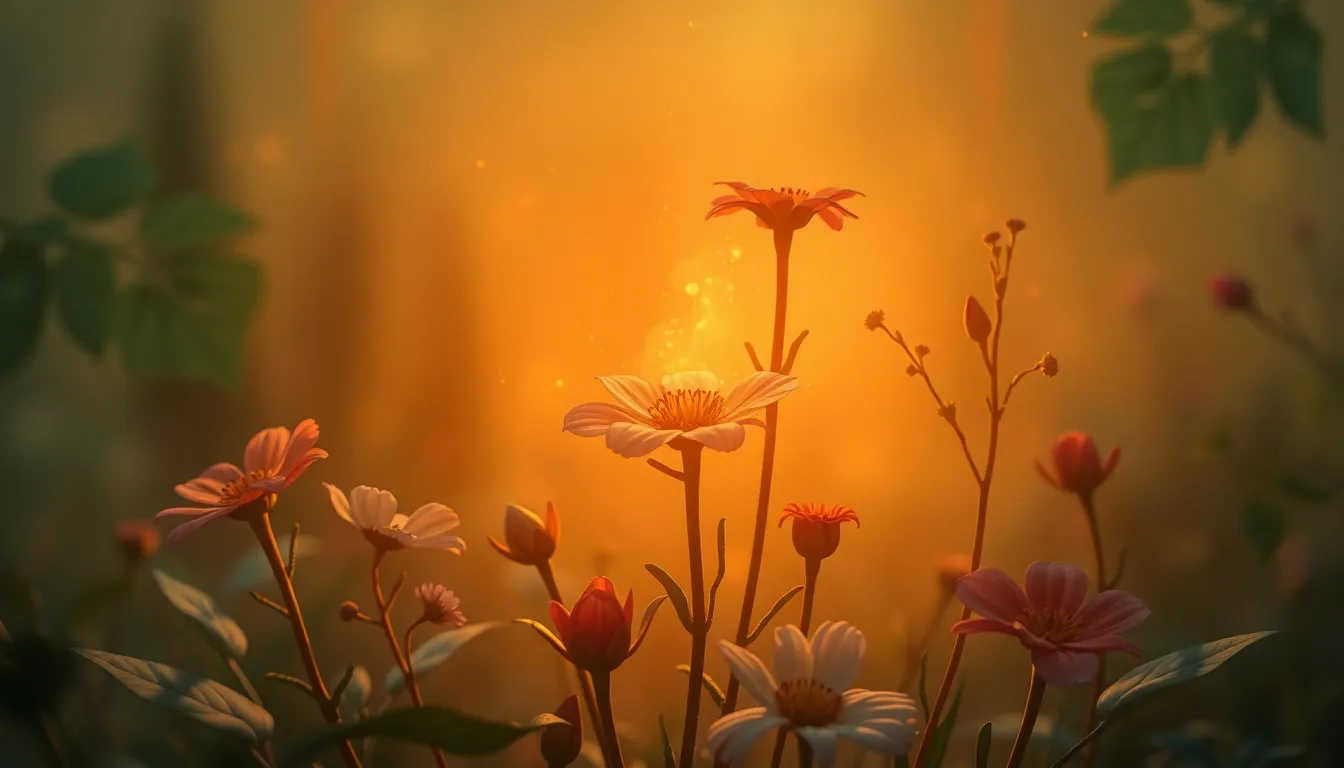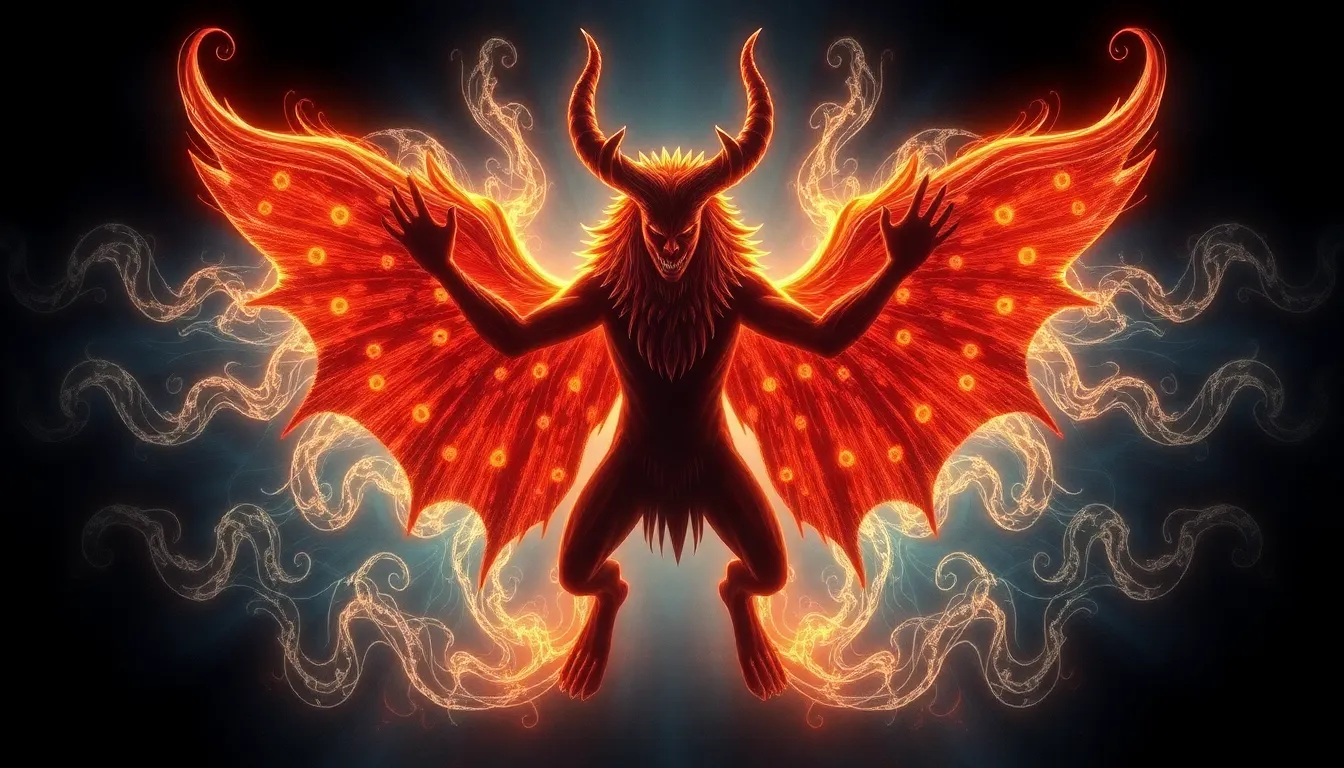Thai Mythology: An Introduction
Thai mythology, a rich tapestry of folklore and ancient beliefs, is a vibrant expression of the Thai people's cultural heritage. From celestial beings to mystical creatures, Thai mythology offers a unique perspective on the world and the forces that shape it. The stories and legends woven into this rich tradition reflect the Thai people's deep connection to nature, their reverence for ancestors, and their understanding of the spiritual realm. Thai mythology is a captivating journey through a world where the impossible becomes possible, where humans interact with supernatural beings, and where transformations shape the course of events. It is a source of wisdom, entertainment, and inspiration for generations of Thais, providing insights into their values, beliefs, and social structures.
The Concept of Transformation in Thai Mythology
Transformation is a central theme in Thai mythology, symbolizing change, growth, and the cyclical nature of life. It is a powerful motif that reflects the dynamic interplay between the human world and the supernatural realm. Throughout these stories, characters undergo profound metamorphoses, often triggered by mystical encounters, divine interventions, or acts of courage, sacrifice, or transgression. These transformations can be physical, spiritual, or both, signifying shifts in nature, fate, or destiny.
For example, the mythical creature known as the Naga, a serpentine being often associated with water and fertility, can take on human form, demonstrating its ability to shift between realms and manifest in various ways. This transformative capacity highlights the fluidity of boundaries between the mundane and the divine, and the potential for change that exists in all of creation.
Creatures of Transformation: Nagas and Kinnaris
Some of the most fascinating creatures in Thai mythology are recognized by their transformative abilities. Among these are the Nagas, serpentine beings often depicted with a human upper body, and Kinnaris, mythical beings that combine human and bird features.
Nagas are often depicted as guardians of sacred sites and protectors of natural resources. They are associated with water, fertility, and abundance, and their transformations often symbolize the cyclical nature of life and the power of nature. Nagas can shapeshift into various forms, including humans, animals, and even inanimate objects, showcasing their connection to the natural world.
Kinnaris, often depicted as beautiful women with bird-like wings and beaks, embody a balance between the earthly and the divine. Their transformative power is linked to their ability to fly and traverse the realms of the sky and the earth, signifying their connection to both the natural world and the spiritual realm. They are often seen as messengers, musicians, and guardians of knowledge, representing the interconnectedness of all things and the transformative potential of art and music.
The Power of Ritual and Ceremony
Thai mythology places great emphasis on the power of ritual and ceremony, particularly in relation to transformation. These rituals, often performed by monks, shamans, or village elders, are believed to harness spiritual energy and influence the course of events. Through chanting, offerings, and symbolic actions, they can invoke divine favor, bring about healing, or facilitate transformative experiences.
The Phra Prang, a type of temple typically found in Thailand, is often associated with stories of transformation and rebirth. These temples, built in honor of deities and ancestors, serve as a symbolic gateway between the human world and the spiritual realm. The intricate carvings that adorn these structures often depict mythical creatures, deities, and scenes of transformation, symbolizing the spiritual journey and the potential for rebirth through rituals and offerings.
Mythological Transformations as a Reflection of Social Change
The stories of transformation in Thai mythology often reflect social change and the evolving nature of Thai society. For example, the story of the Asoke is a powerful reminder of the importance of courage, sacrifice, and the transformative power of love. Asoke, the son of a powerful king, chooses to reject his royal lineage and embraces a life of humility and service to others. This transformation reflects the importance of compassion and selflessness in Thai culture.
These stories provide insights into the values and beliefs held by the Thai people, shedding light on their social structures, cultural norms, and the dynamics of power. They also highlight the resilience of Thai culture and its capacity to adapt and evolve in response to changing circumstances.
The Role of Nature in Transforming Narratives
Nature plays a pivotal role in shaping the narratives of Thai mythology, serving as both a source of inspiration and a catalyst for transformation. The lush landscapes, diverse flora and fauna, and powerful forces of nature provide a backdrop for the myths, influencing the characters, their actions, and the themes explored. The connection between humans and the natural world is deeply intertwined, reflecting the Thai people's reverence for the environment and their understanding of the interconnectedness of all living things.
Many myths feature deities and spirits residing in specific natural settings, such as forests, mountains, rivers, and oceans. These locations often possess unique energies and hold special significance in the stories, representing not only physical realms but also spiritual ones. The power of these locations can influence the characters' fates, triggering transformations and shaping their journeys.
For example, the Naga, often associated with water sources, can influence the course of rivers, bringing about both prosperity and devastation. Their transformations reflect the ebb and flow of nature, reinforcing the importance of respecting the environment and understanding its unpredictable power. The mythical Kinnaris, with their bird-like wings, symbolize the freedom and interconnectedness of the natural world, emphasizing the importance of maintaining harmony with the environment. The stories emphasize the impact of human actions on nature, highlighting the consequences of greed, disrespect, and the importance of living in balance with the natural world.
The Influence of Hinduism and Buddhism
Thai mythology, like many traditions in Southeast Asia, has been profoundly influenced by Hinduism and Buddhism, incorporating elements from these religions into its own beliefs and narratives. This interaction has enriched Thai mythology, shaping its themes, characters, and storytelling traditions.
Hinduism has contributed to the pantheon of Thai deities, including Brahma, Vishnu, and Shiva, who represent creation, preservation, and destruction, respectively. These deities, along with their associated stories and symbolism, have been integrated into Thai mythology, adding depth and complexity to its narratives.
Buddhism has influenced the concept of karma, reincarnation, and the pursuit of nirvana, all of which are central themes in Thai mythology. The belief in karma, where actions have consequences in this life and the next, underscores the importance of moral conduct and the potential for transformation through good deeds. Reincarnation, the cycle of birth, death, and rebirth, highlights the impermanence of life and the opportunity for spiritual growth across lifetimes. Finally, the pursuit of nirvana, a state of enlightenment and liberation from suffering, inspires characters to seek wisdom, compassion, and spiritual transformation through various trials and tribulations.
The integration of these Hindu and Buddhist concepts has provided a framework for understanding the complexities of human existence, the nature of reality, and the potential for transformation. The mythological stories often serve as moral lessons, emphasizing the importance of ethical conduct, compassion, and the pursuit of enlightenment.
The Power of Belief and Storytelling
Thai mythology is not merely a collection of stories; it is a vibrant expression of belief, a powerful tool for shaping cultural identity and transmitting values across generations. The stories, passed down through generations of oral traditions, serve as a source of wisdom, inspiration, and entertainment.
The act of storytelling itself is a powerful force in Thai culture. It allows people to connect with their ancestors, explore their spirituality, and understand the complexities of the world around them. The myths are more than just narratives; they are living traditions that continue to evolve and adapt to the changing needs and realities of the Thai people.
The belief in the power of these stories is evident in the rituals and ceremonies that are still practiced today. From the elaborate processions during festivals to the offerings made at sacred sites, the myths continue to play an active role in the lives of the Thai people. These practices serve as a reminder of the power of belief and the enduring influence of mythology in shaping individual and collective identities.
Transformation and the Human Condition
The stories of transformation in Thai mythology offer a profound reflection on the human condition. They explore the challenges and triumphs of human existence, highlighting the universal themes of growth, change, and the search for meaning.
The myths often depict characters who undergo profound transformations, often triggered by personal struggles, encounters with the supernatural, or acts of courage and sacrifice. These transformations reflect the journey of self-discovery, the potential for growth, and the importance of facing challenges with resilience and determination.
The stories also explore the themes of destiny, fate, and the power of choice. Characters often find themselves caught between their predetermined paths and their own desires, navigating the complexities of free will and the limitations imposed by fate.
The narratives emphasize the importance of compassion, empathy, and the interconnectedness of all beings. Through the stories of mythical creatures, deities, and ordinary humans, the myths convey the importance of relationships, community, and the impact that our actions have on others.
Modern Interpretations of Mythical Transformation
In the modern world, Thai mythology continues to inspire artists, writers, filmmakers, and thinkers. These contemporary interpretations explore the timeless themes of transformation, incorporating them into new contexts and perspectives.
Contemporary artists draw inspiration from the myths, reinterpreting traditional imagery and symbols to reflect contemporary issues and concerns. Writers weave mythological elements into their novels and plays, exploring the complexities of human nature and society through the lens of ancient stories. Filmmakers utilize the rich imagery and symbolism of the myths, creating visually stunning and thought-provoking works that capture the imagination of audiences.
These modern interpretations demonstrate the enduring power of Thai mythology, its ability to resonate with contemporary audiences, and its potential to inspire new forms of creative expression. The myths serve as a reminder of the shared human experience, the power of the imagination, and the transformative potential that lies within each of us.
FAQ
- Q: What is the most famous mythical creature in Thai mythology?
- A: The Naga, a serpentine being associated with water and fertility, is one of the most iconic creatures in Thai mythology.
- Q: How does Thai mythology reflect the importance of respect for nature?
- A: Many myths feature deities and spirits residing in natural settings, reinforcing the importance of respecting the environment and the interconnectedness of all living things.
- Q: What is the influence of Hinduism and Buddhism on Thai mythology?
- A: These religions have contributed to the pantheon of Thai deities, concepts of karma and reincarnation, and the pursuit of enlightenment.
- Q: How is Thai mythology alive in modern times?
- A: Contemporary artists, writers, and filmmakers draw inspiration from the myths, reinterpreting them in new contexts and perspectives.



